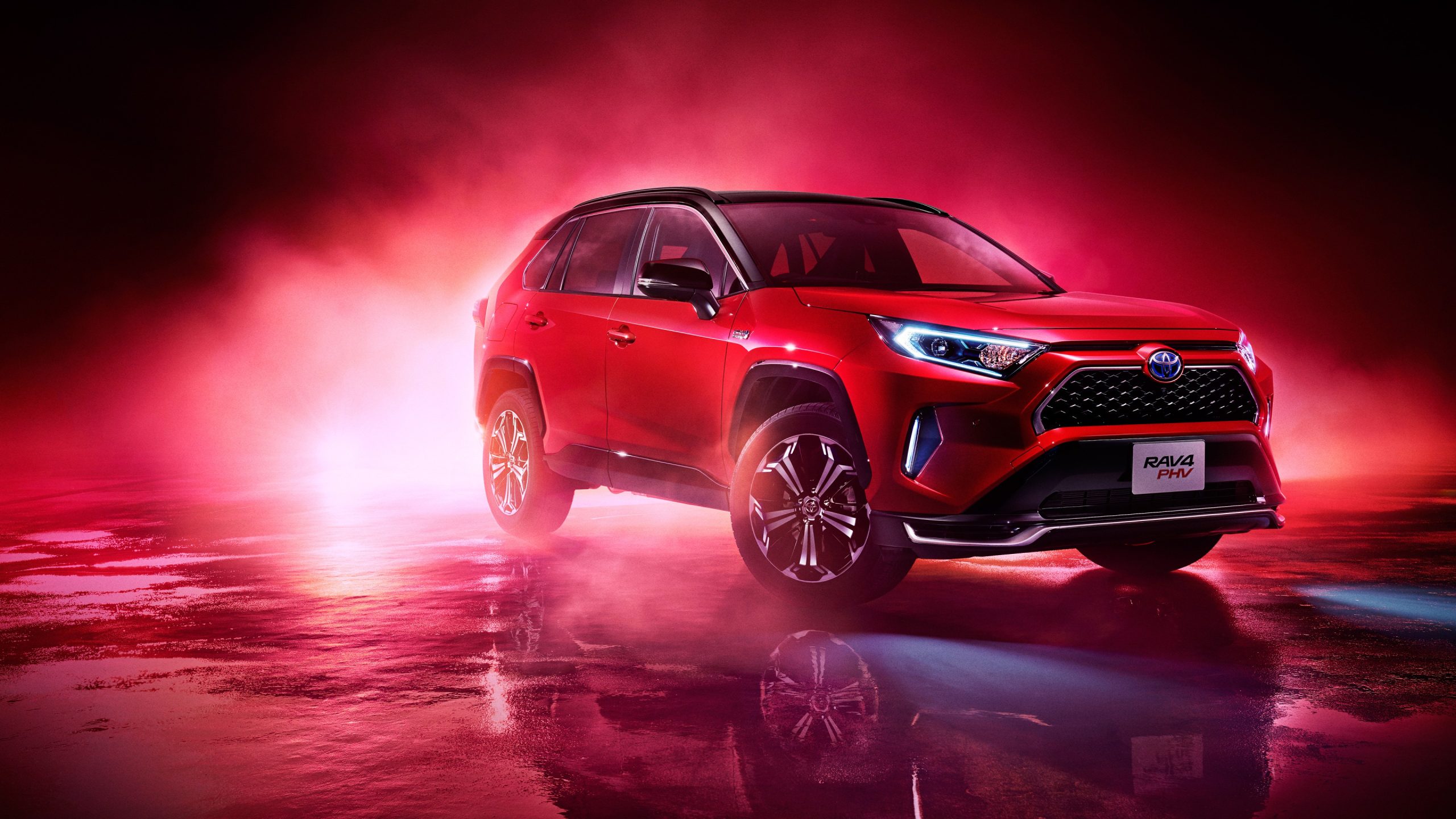If you’re shopping for an SUV that won’t drain your wallet, treats fuel like gold, and handles everything from grocery runs to weekend road trips, the Toyota RAV4 probably popped up in your search. And for good reason. This compact SUV has been a fan favorite for decades. But what makes it so popular? Is it just hype, or is there real substance behind the name?
Let’s take a no-fluff, straight-shooting look at the Toyota RAV4—why it’s become the go-to SUV for millions, and whether it deserves a spot in your driveway.
A Brief Backstory That Sets the Stage
The RAV4—short for “Recreational Active Vehicle with 4-wheel drive”—first hit the streets in the mid-1990s. It was one of the original compact crossovers, a bridge between rugged off-roaders and comfy sedans. Fast-forward to today, and the RAV4 has evolved into a sleek, tech-savvy, fuel-efficient SUV that appeals to just about everyone from soccer moms to solo adventurers.
The current generation (launched in 2019 and updated since) brought in sharper styling, smarter tech, and a more rugged edge—without losing the reliable, easygoing nature it’s always been known for.
Why So Many People Love This Thing
Here’s the secret sauce: balance. The RAV4 doesn’t try to be a luxury SUV, a hardcore off-roader, or a gas-guzzling performance beast. It just does everything well. It’s the kind of car that doesn’t show off but always shows up.
-
Great fuel economy (especially the hybrid models)
-
Plenty of space for passengers and cargo
-
A reputation for reliability that’s tough to beat
-
Solid resale value (it holds its worth like a champ)
-
Loaded with tech without being overwhelming
It’s like the friend who never flakes, always drives, and brings snacks. Who wouldn’t want that in their life?
The Engine Lineup
Toyota gives you a few flavors to choose from depending on your style and budget:
-
Gasoline Only (2.5L 4-cylinder)
Puts out 203 horsepower. Enough oomph for highway merges, smooth cruising, and light off-roading. It’s paired with an 8-speed automatic transmission that’s slick and not too thirsty. -
Hybrid (2.5L + electric motor)
Delivers a combined 219 horsepower and fantastic fuel economy (up to 41 MPG city). You get a lot more efficiency without giving up much power. -
Plug-in Hybrid (RAV4 Prime)
This one’s a sleeper. It cranks out 302 horsepower and can do up to 42 miles on electric power alone. It’s like a Prius and a sports car had a very responsible baby.
On the Road: How It Feels Behind the Wheel
No, the RAV4 isn’t going to win any street races. But it feels solid. The steering is responsive, the ride is comfortable, and the higher trim levels even add sport-tuned suspension for a bit more fun.
Want to go camping or hit some mild trails? The RAV4 Adventure and TRD Off-Road trims come with torque-vectoring all-wheel drive, extra ground clearance, and tougher looks. They’re not Jeep-level off-roaders, but they’ll get you through mud and gravel without breaking a sweat.
RAV4 Performance Comparison Table
| Model | Power Output | Fuel Economy (City/Hwy) | Drivetrain | Electric Range (Prime) |
|---|---|---|---|---|
| Gas (2.5L) | 203 hp | 27 / 35 MPG | FWD / AWD | N/A |
| Hybrid | 219 hp (combined) | 41 / 38 MPG | AWD | N/A |
| Plug-in Hybrid | 302 hp (combined) | 40 / 36 MPG | AWD | Up to 42 miles |
Not Flashy, But Definitely Functional
Slide into the RAV4’s cabin and you’re greeted with a layout that just makes sense. The buttons are where they should be. The materials feel solid—even if not super fancy. Higher trims come with soft-touch dashboards, contrast stitching, and available leather upholstery.
Cargo space? You’ve got 37.6 cubic feet behind the rear seats and nearly 70 cubic feet when they’re folded flat. That’s room for bikes, camping gear, dog crates, or IKEA hauls.
Technology That Actually Helps
Standard tech includes:
-
8-inch (or optional 10.5-inch) touchscreen
-
Apple CarPlay and Android Auto
-
USB-C ports (finally!)
-
Wi-Fi hotspot
-
Toyota’s Safety Sense 2.5 (includes adaptive cruise, lane-keep assist, pre-collision alerts)
Want more? Top trims bring a digital rearview mirror, 360-degree camera, JBL sound system, wireless charging, and more. The tech isn’t just there for show—it makes driving easier and safer.
Quick Pros & Cons Table
| Pros | Cons |
|---|---|
| Excellent fuel economy | Engine can be a bit noisy |
| Tons of standard safety features | No turbocharged option |
| Spacious cabin and cargo area | Base trim feels a bit basic |
| Hybrid and Prime options | Touchscreen can lag sometimes |
| Strong resale value | Higher trims get pricey |
Conclusion: Is the Toyota RAV4 Worth It?
If you’re looking for a reliable, efficient, and easy-to-live-with SUV, the RAV4 checks almost every box. It’s not the flashiest ride on the block, but it’s dependable, capable, and surprisingly versatile. Whether you go for the standard gas model, the ultra-efficient hybrid, or the powerhouse plug-in Prime, you’re getting a vehicle that does the job—and does it well.
You’re not just buying a car—you’re buying peace of mind, practicality, and a little adventure on demand. Not bad for an SUV that starts under $30,000.

